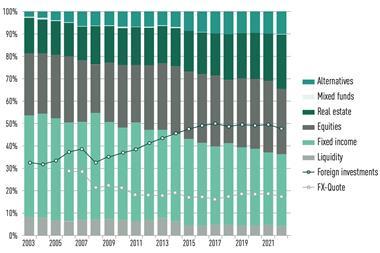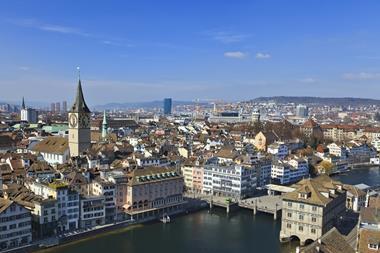Italy’s governing and opposition political parties have been called to agree on a “non-aggression pact” for a fair and lasting reform of the country’s pension system that takes into account higher life expectancy and longer working life, according to think thank Itinerari Previdenziali.
“The time has come to establish certain rules for at least the next 10 years,” said Alberto Brambilla, president of Itinerari Previdenzial.
In view of the an aging population, it is necessary to change the requirements for retirement and the conversion rates to calculate pension payouts to life expectancy, according to the organisation.
This means aligning Italy’s retirement age from the current 67 years old to life expectancy of the last three years starting from January 2025, and from January 2027 to allow early retirement at 42 years old and 10 months (one year less for women), but only with a maximum of 3 or 4 years of contributions paid by the Istituto Nazionale di Previdenza Sociale (INPS) in case of unemployment – excluding those for maternity leave and voluntary contributions, INPS added in its latest report.
Moreover, employees should benefit from ‘APE Sociale’, a benefit paid by the INPS to, for example, unemployed or workers who care for relatives with a disability, or are employed in strenuous jobs, from 64 years old, in line with life expectancy, and 38 years of contributions, it added.
The government has decided to extend APE Sociale to 2024, with the age requirement to benefit from the option increased from 63 years to 63 years and 5 months. It is also planning to change the pension system in the direction of a longer working life in the industries sector where there is currently a shortage of workers.
Itinerari Previdenziali is also proposing to introduce a “superbonus” for those who decide to continue working beyond the statutory retirement age, until 71 years old, and design a uniform legal framework for pensions based on contributors, and paid by one part of the employees, to those of other workers.
“In recent years political discussions have focused almost exclusively on formulas for early retirement, without a precise plan behind,” Brambilla said.
Early retirement options make it difficult to reach (and exceed) that 1.5 ratio between pensioners and active workers (1.5 active workers for 1 retiree) that guarantees the stability of the pension system, he added.
If the government cuts early pensions, and welfare services, will likely reach the 1.5 ratio between pensioners and active workers, according to the report.
Adjusting retirement age and pension payout conversion rates to life expectancy would guarantee a ration above 1.5, containing public budget expenditures for pensions that would remain stable at 13% of the gross domestic product, it added.
The number of retirees in Italy has increased by 32,666 in 2022 to reach 16.098 million, and will remain stable towards 2027 with the consequences of early retirement options Quota 100/102/103, and APE Sociale, the report added.
Public spending for pensions will increase from €275bn this year to €290bn in 2026, it added.
Looking for IPE’s latest magazine? Read the digital edition here








































No comments yet